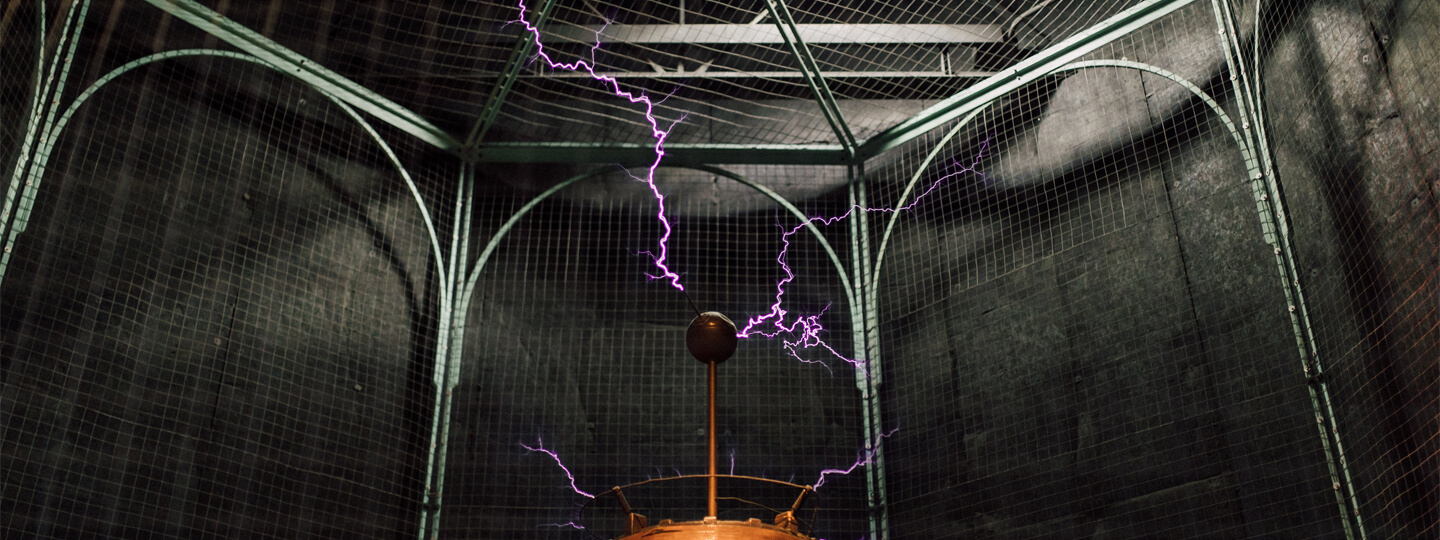
The Tesla Coil
At Carnegie Science Center, the Works Theater houses a giant Tesla coil. You can see a giant contraption that reaches the ceiling, with a powerful electric field that makes a very loud sound. But what is a Tesla coil, and what does it do?
A Tesla coil is a technology that transmits energy. In fact, it generates a huge electrical field that you may utilize to power some electrical appliances. A magnetic field may be created by an electric current passing through a coil and a change in a magnetic field can cause an electric current to flow through another coil. A Tesla coil generates an alternating current to run through a coil, but at a very high voltage and a certain frequency to be able to transport energy farther. Essentially, the Tesla coil was the first step towards achieving wireless power. Phones, laptops, watches, and just about any other technology we use today run on wireless power, and this wireless power was discovered through the Tesla coil.
A man named Nikola Tesla, who was fascinated by electricity, is credited with creating it. He had a keen interest in alternating current devices, which use a unique technique to transfer energy from one object to another. But he also conducted several tests using wireless technologies and power. One of these tests led to the invention of the Tesla coil.
Using a Tesla coil requires a level of care. A huge Tesla coil may produce peak power outputs of several megawatts (a lot of horsepower). Therefore, it should be properly calibrated and used, not just for effectiveness and economy but also for safety. A discharge (spark) or even a sphere of plasma may erupt if faulty tuning causes the highest voltage point to occur along the secondary coil below the terminal, damaging or destroying the coil wire, supports, neighboring items, or anything else in its path.
Without the Tesla coil, we wouldn’t have developed many of the technological luxuries we use today. Today, people have advanced these coils to do all sorts of things, even sing! The next time you visit the Science Center, be sure to check out the Tesla coil!
Source:
“Tesla – Master of Lightning: The Tesla Coil.” ![]() PBS, Public Broadcasting Service,
PBS, Public Broadcasting Service,
Dickerson, Kelly. “Wireless Electricity? How the Tesla Coil Works.” ![]() LiveScience, Purch, 10 July 2014,
LiveScience, Purch, 10 July 2014,
Editor’s note: Nikola Tesla, built the first high-voltage transformer in 1891. Carnegie Science Center’s Tesla coil was created 30 years later by a teenager named George Kaufman, who built it in the attic of his Pittsburgh home. Every time he set it off, the neighbors would experience dramatic electrical interference. In 1950, after some years of taking his Tesla coil on the road for public demonstrations, Kaufman donated his Tesla coil to the Buhl Planetarium and Institute of Popular Science, where it would often disturb television and radio reception throughout Pittsburgh’s North Side, much as it did in Kaufman’s neighborhood. The Tesla coil was the main attraction in the Buhl’s lobby, where it was marketed as the “man-made lightning show.” In 1991, nearly a decade after Kaufman’s death, his creation found its current home in the newly built Carnegie Science Center.
Scientific Peer Review by Alysia Mandato
Aneri Shethji:
Aneri Shethji is a 10th grader at North Allegheny Intermediate High School. She is very passionate about science and writing and enjoys getting involved with the community. In her free time, Aneri spends time with friends and family and loves getting outside. She can’t wait to learn more about all that science has to offer, and help others learn it too!
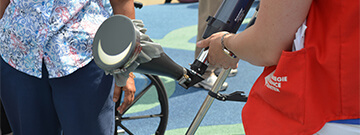
On April 8, 2024, we will witness a mesmerizing event. A total solar eclipse is upon us, and here at the Science Center, we can explore this celestial phenomenon in many ways.
But first, what is this event? A ...

Climate change is a big deal. We’ve all seen news stories about greenhouse gas emissions, rising temperatures, and the hole in our ozone layer. However, what tends to sometimes be overlooked is climate change’s ...

In the captivating world of health care, a fascinating transformation is taking place—a rise in Artificial Intelligence, or AI! Picture a world where smart machines team up with doctors to revolutionize medicine, making ...
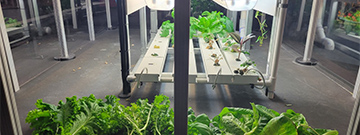
Hydroponics, a contemporary farming method, redefines how we grow plants, offering a fresh approach to cultivating crops that differs from traditional soil-based farming. This innovative technique doesn’t rely on soil ...
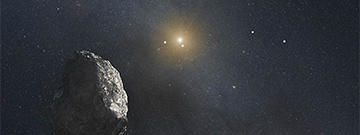
In our solar system, the eight planets—Mercury, Venus, Earth, Mars, Jupiter, Saturn, Uranus, and Neptune—are talked about more than anything. While the ...
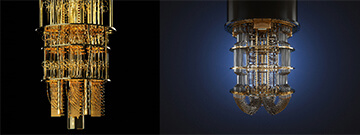
Quantum computers are on the forefront of technological advancement. These machines, unlike any traditional computers you’re familiar with, harness the ...
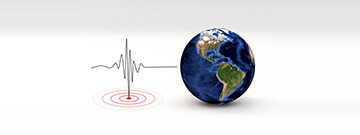
The Earth is a spectacle of constant movement. Periodically, it commands our attention with displays of power—earthquakes. These events are tied to the intricate movements of the Earth's tectonic plates. Tectonic ...

Have you ever wondered how investigators in crime shows manage to identify suspects with such accuracy? Dusting for fingerprints isn’t always feasible in many cases, so the true answer lies in a different type of ...
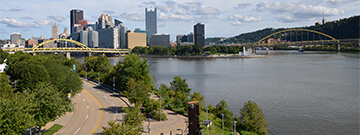
Writers: Evan Allen, Ricardo Aguilar, Jillian Pensenstadler, Amelia Foley, and Ian Lisien
Once a center of industrial prowess, Pittsburgh has undergone a remarkable transformation, ...

Have you ever questioned what happens to the food you consume? Prepare yourself for a thrilling voyage as we go through your digestive system! We'll look at ...

When someone falls on their arm, they immediately head to the hospital to see if it is hurt. X-rays are used by doctors to examine your bones more ...
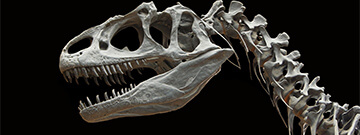
Even though dinosaurs became extinct about 65 million years ago, we know quite a bit about them, including what they ate, where they lived, and even what ...



